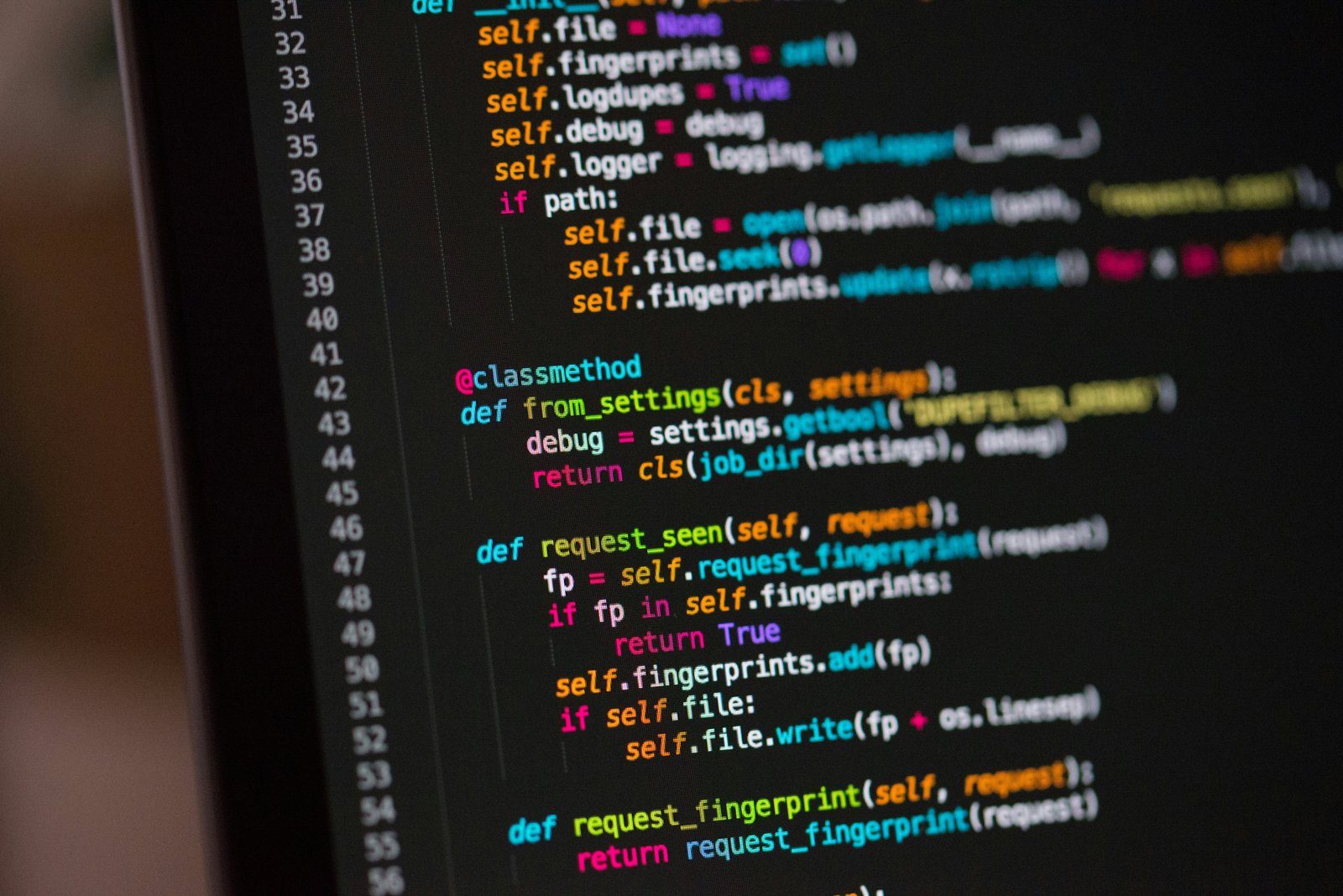
Javascript Obfuscator: Protect Your Code & Enhance Security | Complete Guide
Ultimate Guide to Javascript Obfuscation: Secure Your Code Effectively
Javascript Obfuscator: Protect Your Code & Enhance Security | Complete Guide
Introduction
In today's digital landscape, protecting your Javascript code is crucial. With increasing instances of code theft, unauthorized modification, and reverse engineering, safeguarding your intellectual property has become paramount. A Javascript Obfuscator serves as a powerful tool to achieve this. It transforms your readable Javascript code into a complex, unintelligible version, making it extremely difficult for malicious actors to understand and exploit your code's logic. This obfuscation process doesn't change the functionality of your code; it simply makes it harder to comprehend. This guide delves into the intricacies of Javascript obfuscation, exploring its benefits, demonstrating its usage, comparing various methods, and answering common questions.
Who is this tool for?
Javascript obfuscation is beneficial for a wide range of developers and businesses. Anyone who wants to protect their Javascript code from unauthorized access or modification can benefit from this technique. This includes:
- Web developers protecting client-side scripts.
- Mobile app developers securing Javascript code within hybrid apps.
- Game developers safeguarding game logic written in Javascript.
- Software developers protecting proprietary algorithms.
- Businesses protecting sensitive data and intellectual property.
How to Use the Tool
- Choose a reliable Javascript Obfuscator tool: Research and select a tool that meets your specific needs and offers the desired level of obfuscation. Consider factors like features, ease of use, and available support.
- Copy your Javascript code: Select the Javascript code you want to protect and copy it to your clipboard.
- Paste your code into the obfuscator: Open the selected obfuscator tool and paste your copied Javascript code into the input area provided.
- Configure the obfuscation settings (optional): Some obfuscators offer customization options to control the level and type of obfuscation. Experiment with these settings to achieve the desired balance between code protection and performance.
- Obfuscate the code: Click the "Obfuscate" button to initiate the process. The tool will then transform your code into an obfuscated version.
- Copy the obfuscated code: Copy the obfuscated Javascript code from the output area.
- Implement the obfuscated code: Replace your original Javascript code with the obfuscated version in your project.
- Test thoroughly: Ensure the obfuscated code functions correctly and doesn't introduce any unintended errors.
Benefits and Features
- Code Protection: Makes it significantly harder for malicious actors to understand and reverse engineer your code, protecting your intellectual property.
- Enhanced Security: Reduces the risk of code tampering and unauthorized modifications, enhancing the security of your application.
- Performance Improvement (sometimes): While not the primary goal, obfuscation can sometimes lead to minor performance improvements due to code size reduction (dead code elimination).
- Debugging Difficulty: Makes debugging challenging for attackers, further deterring them from exploiting vulnerabilities.
- Compatibility: Most obfuscation techniques maintain the functionality of the original code, ensuring compatibility across different browsers and platforms.
Comparison with Alternative Methods
While obfuscation is a powerful technique, other methods exist for protecting Javascript code. Code minification reduces file size and removes unnecessary characters, making the code slightly harder to read but not as effective as obfuscation. Encryption, another method, involves encrypting the code and requiring a decryption key to execute it. While more secure than obfuscation, encryption can be more complex to implement and may impact performance.
Frequently Asked Questions (FAQ)
Q1: Is Javascript obfuscation foolproof?
A: No, determined attackers with sufficient resources may still be able to deobfuscate your code. However, obfuscation significantly raises the bar and makes it considerably more challenging and time-consuming.
Q2: Will obfuscation affect the performance of my Javascript code?
A: While obfuscation can sometimes lead to minor performance improvements due to code size reduction, extensive obfuscation can potentially impact performance negatively. It's crucial to test thoroughly after obfuscation.
Q3: Can I deobfuscate my code later if needed?
A: While technically possible with some deobfuscation tools, the process can be complex and may not fully restore the original code structure.
Q4: Are there different levels of obfuscation?
A: Yes, many obfuscation tools offer various levels of obfuscation, allowing you to customize the level of protection based on your specific needs.
Conclusion
Javascript obfuscation is a valuable technique for protecting your code and enhancing the security of your applications. By making your code significantly harder to understand and reverse engineer, you can deter malicious actors and safeguard your intellectual property. While not a silver bullet, it provides a significant layer of defense in the fight against code theft and unauthorized modification. When choosing an obfuscator, consider your specific needs and balance the level of protection with potential performance impacts.








.jpg)




